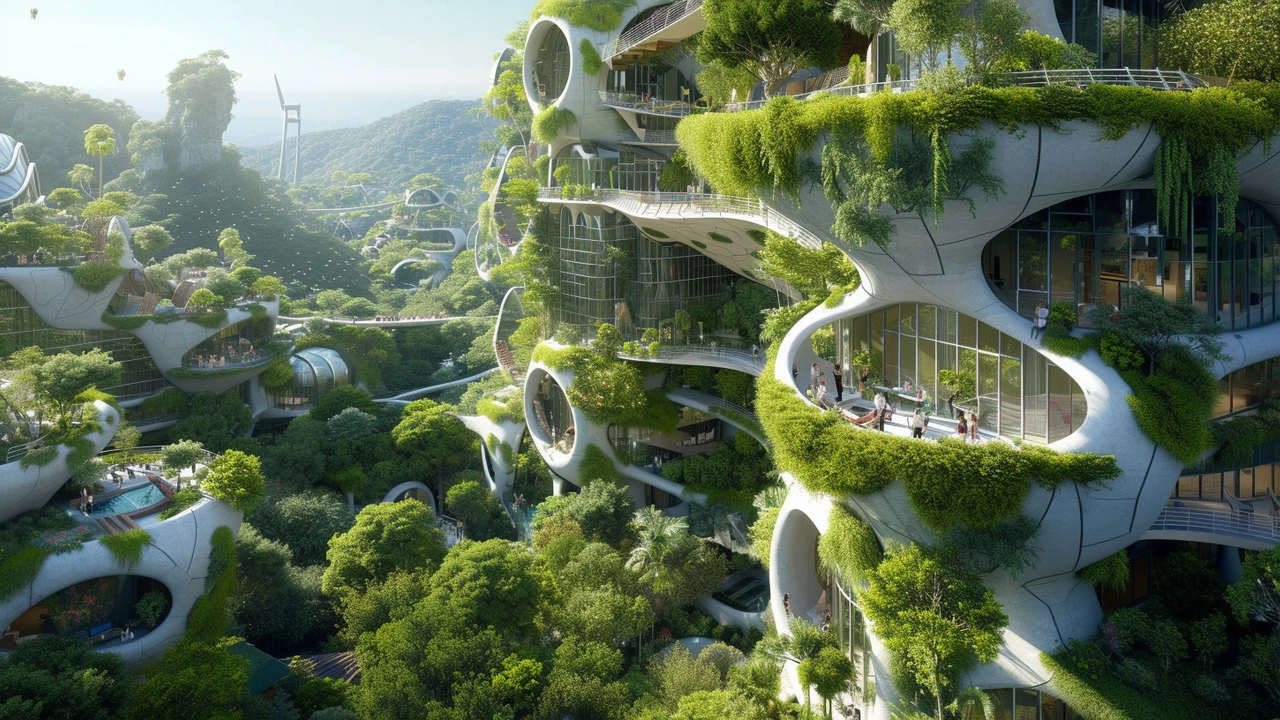Sustainable architecture is not just a trend; it's a revolution that's reshaping the building industry. This article dives into the design innovations that make architecture eco-friendly, affordable, and future-proof. From new materials and energy-efficient systems to community-driven projects and policies fostering sustainable growth, the piece presents a comprehensive look at how architects and builders are reimagining our built environment.
Green Building: Simple, Practical Steps for Greener Homes and Buildings
Buildings use a big chunk of our energy and materials—so small design choices add up fast. If you want a greener building, focus on three things: cut energy needs, choose low-impact materials, and design for long life. Below are clear, practical moves you can use whether you own a home, manage a renovation, or work on a new project.
Quick wins for greener buildings
Start with shading and insulation. Add a properly sized overhang or exterior shading to reduce summer heat gain, and upgrade insulation in walls and roofs to cut heating and cooling loads. Swap old windows for double- or triple-glazed units with good frames—this lowers bills and improves comfort.
Use efficient systems. Replace incandescent bulbs with LEDs, install a high-efficiency heat pump for heating and cooling, and choose ENERGY STAR appliances. Add programmable thermostats and simple controls so systems run only when needed.
Think water and ventilation. Low-flow fixtures save water and energy used to heat it. Mechanical ventilation with heat recovery gives fresh air while keeping heat that would otherwise escape—especially useful in tight, well-insulated homes.
Materials, site, and long-term thinking
Pick materials that last and can be repaired. Wood from certified forests, recycled steel, and low-VOC finishes reduce environmental harm and keep indoor air healthier. Avoid quick-fix materials that end up in landfill after a few years.
Use the site smartly. Orient living spaces to the sun for passive solar gain in winter and natural daylight year-round. Preserve existing trees for shade and stormwater control. For tight urban lots, green roofs or planters help manage rain and improve insulation.
Plan for adaptability. Design rooms that can serve multiple uses, and build with systems that are easy to upgrade—this extends a building’s useful life and lowers future renovation waste.
Want examples and inspiration? Articles on this site show how different styles meet green goals. High-Tech architecture highlights efficient systems and exposed service design that makes upgrades easier. Neo-Futurism explores forward-looking materials and tech that can drive energy savings. Even classic movements—like Bauhaus or International Style—offer lessons in simple forms, daylighting, and functional layouts that reduce wasted space.
If you’re renovating, focus on the biggest returns first: insulation, airtightness, windows, and efficient heating/cooling. For new builds, integrate passive design, plan for natural ventilation, and choose durable finishes. Small changes—proper shading, a smart heat pump, LED lighting—add up to real savings and better comfort.
Green building isn’t one single style. It’s a set of smart choices you can apply to any design. Pick practical steps that fit your budget, and aim for improvements that last. That’s how good design becomes truly sustainable.

